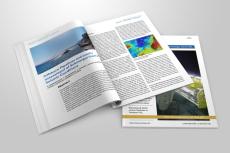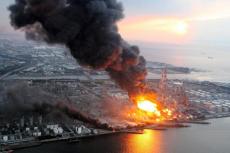Offshore Pipelines and stability assessment of Submerged Slopes under Seismic Conditions

National Technical University of Athens
Depending on the prevailing bathymetrical and geotechnical conditions, the integrity of offshore pipelines is threatened by potential slope instabilities that occur at the seabed or at the bottom of lakes. In addition, submarine slides are more frequent in seismic regions. The instability of onshore slopes under seismic conditions is undoubtedly a...


